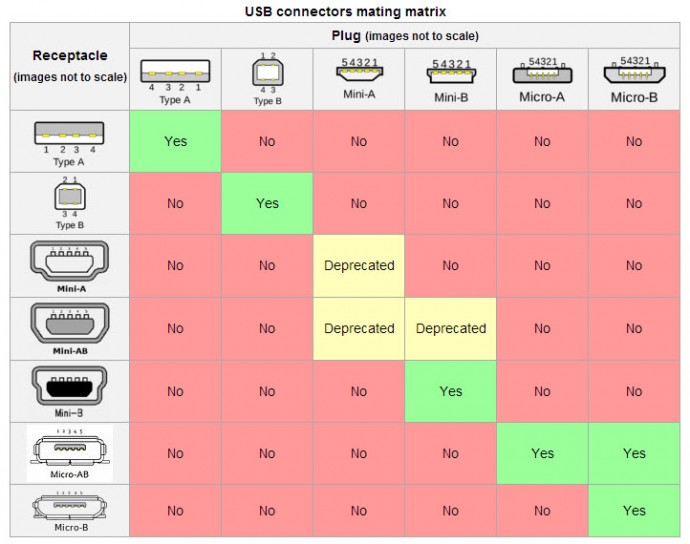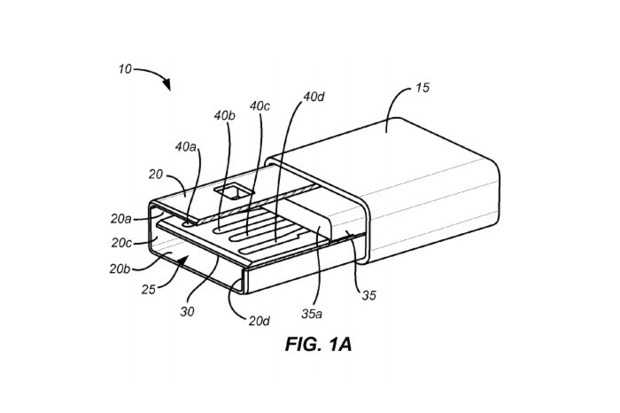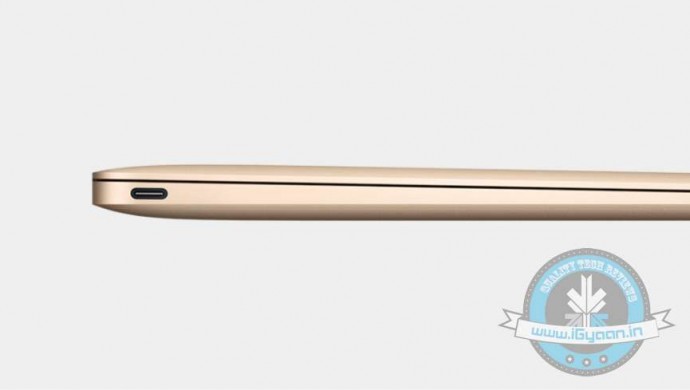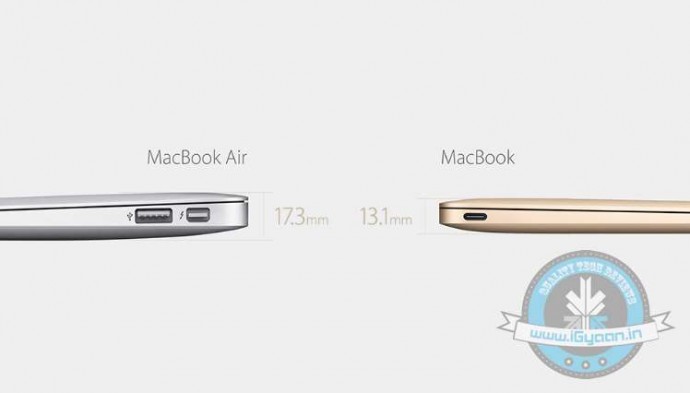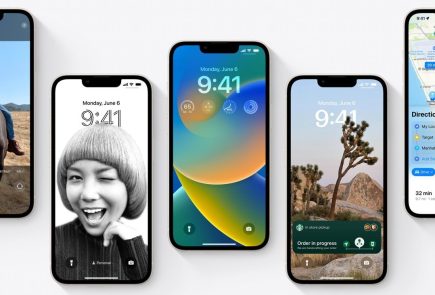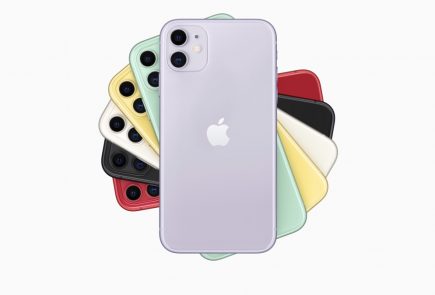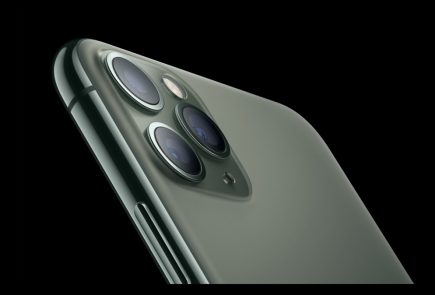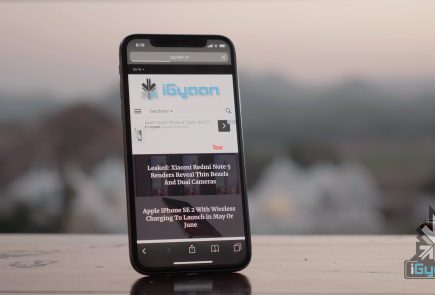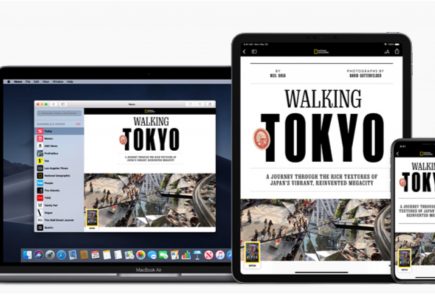All You Need To Know About the Reversible Type-C USB
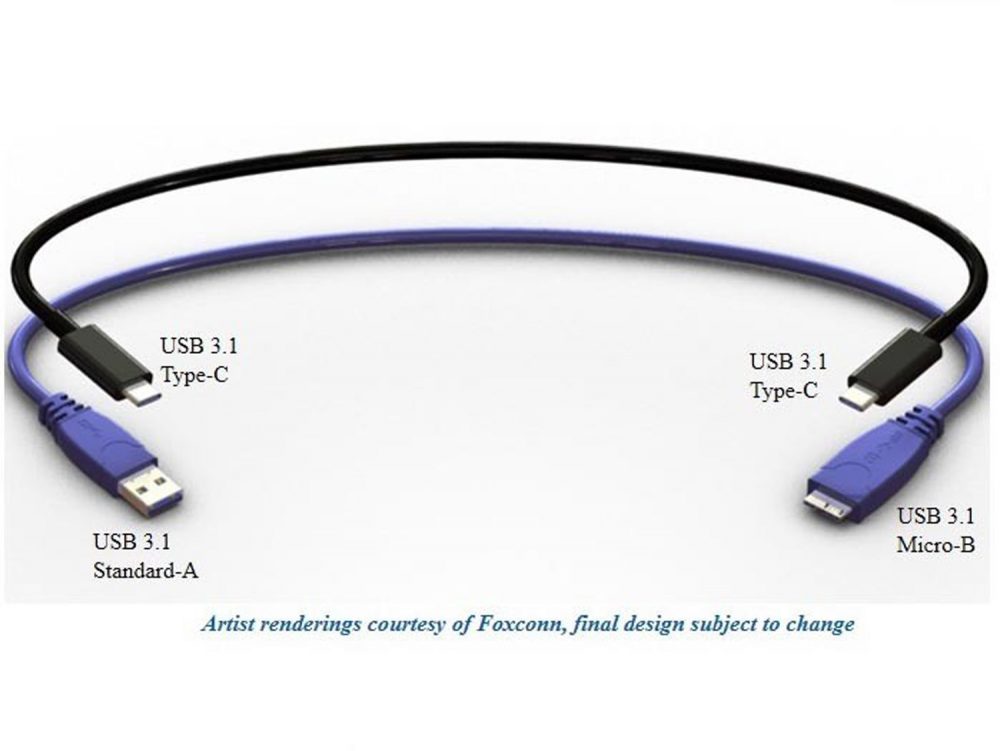
Universal Serial Bus or the name you’re more likely to be aware of, USB, is an industry standard that defines the cables, connectors and communications protocols used for connecting and power supply between computers and electronic devices. USB Type-C is one of the biggest technological advancement in recent years as it comes with more speed, convenience and power. Recent iPhone 6 leaks show Apple is working on its own form of reversible USB standard.
Well, before we go any further, let’s have a quick look at the existing USB standards.
There are basically 4 types USB standard used these days: Type-A, Type-B, Micro USB and Mini USB. Type-A is the most widely used USB standard, used in pen drives, standard USB jacks on your laptops and computers and practically on every electronic device. Type-B is fairly less used or used in combination with Type-A standard to reduce the risk of electrical overloads. Micro USB is the tiny, near-universal form factor used by smartphones and tablets for connections and power supply. And the last one is Mini USB, the larger predecessor of Micro USB used at the device end of things like GPS units and some external hard drives, but like USB Type-B, it is also fast fading from use.
What makes the Type-C a revolutionary technology is that it is going to replace all the form factors and unlike the other standards which target different classes of device, Type-C form factor will be a universal USB standard. The reversible Type-C connector is roughly the same size as the existing Micro-USB connector at the bottom of your smartphone, but it’s reversible.
Advantages
Speed
USB Type-C standard can go as fast as 10Mbps, which is double when compared to USB 3.0’s 5Mbps speed. This means you can transfer 1,250MB of data in one second with USB Type-C.
Power
USB Type-C will also compliment the USB 3.1 in terms of power. USB 2.0 can handle the current of up to 500 milliamps (mA) for up to 2.5W of power and USB 3.0 upped that to 900mA for up to 4.5W of power, USB 3.1 can offer 5amps (5000mA) and up to 100W of power. This means not only will devices charge far faster, but almost anything can be powered via USB 3.1 and the tiny USB Type-C connector.
Reversible
The Type-C connector, which has 18 pins, is essentially two USB 3.1 SuperSpeed connectors (which have the standard four pins, plus five more to enable 10Gbps connections). If you plug in the connector one way, the top set of pins are used; if you plug it in the other way, the bottom set of pins are used and hence, making it reversible.
Official confirmation
The USB Promoter Group announced earlier this month that the reversible Type-C USB connector is ready for mass production. That means it will be an official standard just like USB Type-A, Type-B, Mini and Micro USB. It is also backwards compatible with each USB standard, though the USB 3.1 speed and power benefits it can deliver will only come when connecting to other USB 3.1 compliant ports.
Downsides
Physical compatibility
As mentioned above, USB Type-C is backwards compatible with each USB standard, but they are not physically compatible. Which means you need to buy adapters to fit into existing slots.
Apple
The recently launched Apple MacBook, is the first Apple product to incorporate the new-gen USB. Apple’s USB-C supports higher wattage charging, USB 3.1 Gen 1 (5Gbps) data transfer and DisplayPort 1.2 all in a single connector that’s one-third the size of a traditional USB port. Since the MacBook is the thinnest notebook ever (24% thinner than the Air,) slimmed down ports were also necessary to bring in.
Not only that, this new connectivity standard gives you five ports in one – power, USB data transfer, DisplayPort, HDMI, and VGA capabilities.
Well, even with these downsides, Type-C USB standard is one of the best thing happened in the technology-sphere since ages. With combined power of USB 3.1 and Type-C USB standard, our gadgets will never be the same again. With the ease and the power that comes with this technology, we expect that it will be adopted by consumers quickly. However, it is possible it will create some confusion among the consumers. But taking in account the amount of convenience it comes with, it will be worth it.
















